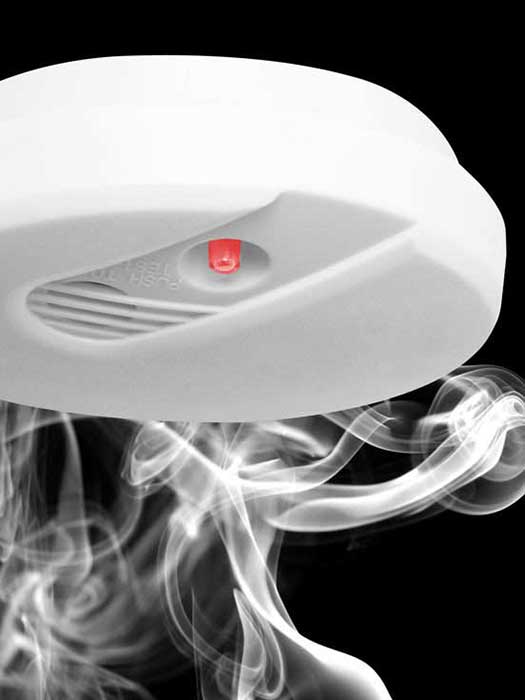The Best Locations to Install Fire Alarms in Your Home

Residents living in homes with properly installed smoke alarms are 50% more likely to survive a house fire than those living in homes with inadequate fire detection. Depending on whether you recently built your home or moved into an existing structure, you might live in an adequately protected home or one which should have its fire alarm system updated. The city of Vancouver provides guidelines and regulations regarding smoke alarms and keeping your home up to code. These fire safety requirements vary depending on the type of structure in which you reside and the year it was built.
But when it comes to fire safety, are the bare minimum requirements really enough to keep you safe?
Comprehensive Fire Safety: Where to Install Smoke Alarms in Your Home
The best practices for residential fire safety and the installation of fire alarms in a home are not a one-size-fits-all solution. While the exact layout of your fire safety plan will differ from your neighbor’s, there are some rules of thumb when it comes to identifying the best locations to install smoke alarms inside your home.
- Install at least one smoke detector on each floor or level of your home, including the basement and any finished attics.
- For best coverage, install one smoke detector inside every room of your home. The term “room” means any area separated by a stairway, door or other partition, and it includes all rooms, hallways, attics, basements and storage areas.
- At the very least, install one smoke detector in every sleeping area and bedroom inside your house.
- Each hallway in your home should have a smoke detector. If the hallway is longer than 40 feet, then a fire alarm should be installed at both ends.
- Do not install fire alarms in locations that would be blocked from smoke by doors or other obstructions. In other words, you should never hide a fire alarm behind a closet door, curtain, partition or frame. These obstructions will prevent the device from detecting smoke and alerting you to the presence of fire.
- Install a fire alarm at the bottom of all basement stairways and the top of stairways which connect the first and second floors, second and third floors, and so on.
- Read and follow the installation instructions on the fire alarms you purchase. Specific instructions for installation and recommended location might vary between different manufacturers and models.
How a Professional Residential Security System Protects Your Family from a House Fire
When professionally installed, your fire alarms should be wired into your home’s comprehensive security system. By including fire protection in a complete residential security system, your family will benefit from smart fire safety. With all alarms connected to the system, smoke in one area of your home will trigger alarms throughout your home, ensuring you and the local fire department are notified right away. For more information about fire safety, contact a residential safety expert at Arpel Security Systems.
